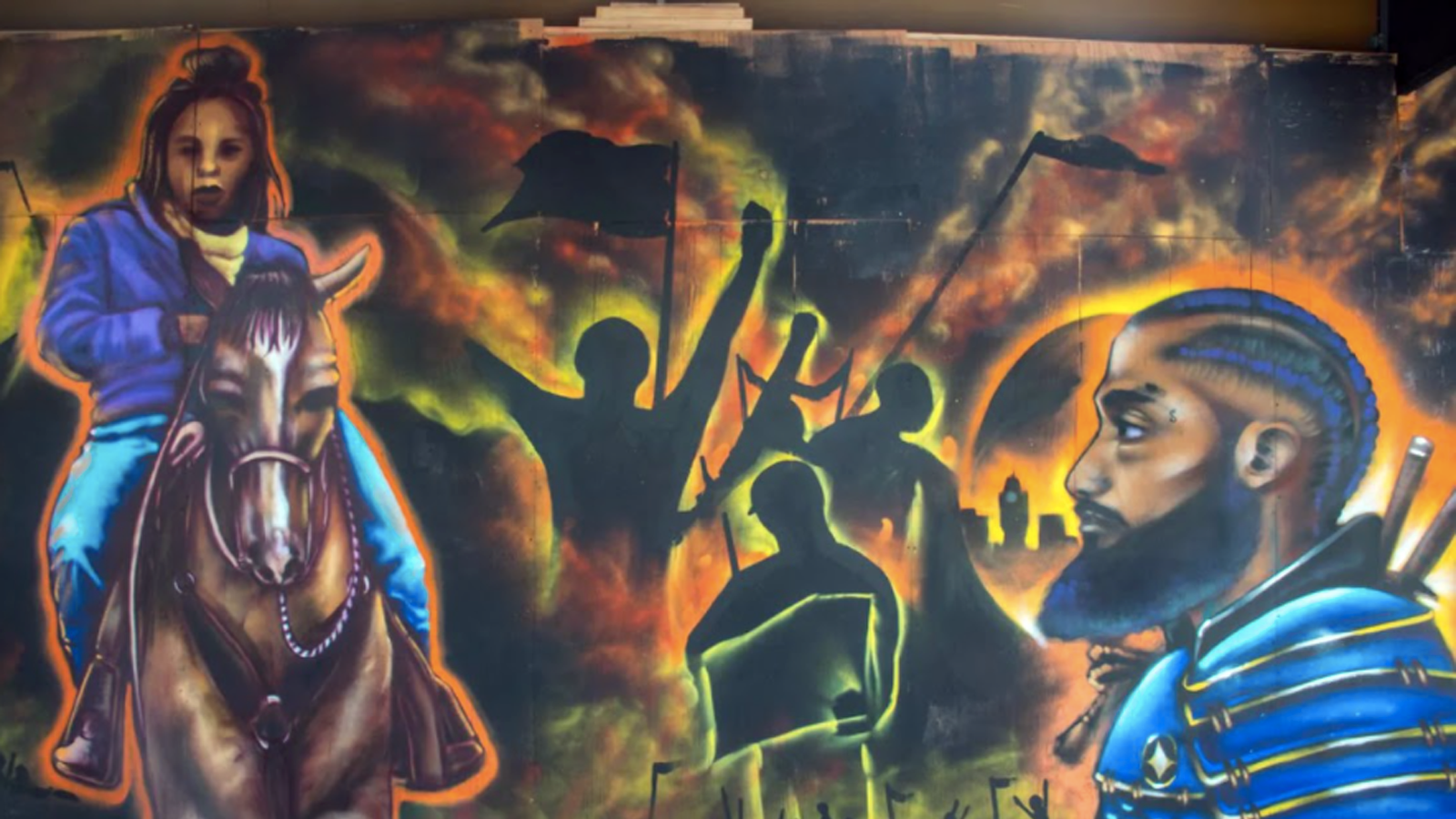I was 14 when I learned about Juneteenth for the first time. My Uncle Vincent and Aunt Livia brought my siblings and me to The George Washington Carver Museum in Austin. We had just moved in with them in Texas. My mother was battling pancreatic cancer and entrusted her brother to care for us before her passing in March of 2012.
That day, I learned how powerful Black joy is. Juneteenth turned what was previously an insidious lie—the state of Texas knew about the Emancipation Proclamation but made no effort to force plantation owners to free their slaves—into a cause for celebration of freedom. This celebration of Black freedom in Texas has become a national phenomenon in recent years, as Black people across the country look for ways to root the Black experience in freedom and joy.
When I lived in Texas, freedom and joy felt limited. Even at celebrations like Homecoming, the Confederacy still looms over you, rippling in the wind, reminding you, as we say in Texas, “You can get close, but don’t you dare get too big.” In other words: Know your place.
Too often the Black experience in America is limited to narratives that root Black identity in perpetual oppression, ignoring the diversity and cross-cultural characteristics that exist within the community. Narratives of Blackness in the media often focus on violence, pain, and trauma, but those aren’t the only experiences Black people have in America.
The last few weeks have been full of pain. Yet I look around my home of Oakland, and I see once-broken windows covered in beautiful murals, sidewalks full of flowers in memorandum. I hear drummers reminding me of the spirit of The Town, and community members reaching out in love. Oakland reminds me that Black joy is more powerful than Black pain.
When I see “Love Life,” the slogan of The Town on Oakland city limits signs, I am reminded that Black joy lives in the heart of Oakland. The city of First Fridays, where black artists share their crafts. The city where we dance in defiance of curfews because in Oakland, we demand our freedom. The city by The Lake where we barbeque the Beckys away. The city formerly known as The Black Mecca.
I’m reminded of Warriors championships and Black Joy Parades. I’m reminded of all the comfort foods up Broadway and Telegraph, sideshows and muscle cars, snatched edges and fresh lineups. I’m reminded of all the unique intersectional Black identities that reside here.
Oakland has taught me to love myself, know my history and serve my community. Oakland has taught me that in the midst of pain it’s okay to feel joy. Oakland has taught me to hold my ancestors in reverence. That my Blackness exists beyond narratives of oppression, and it is because of my history that I have the capacity for a future full of possibility. Oakland taught me I can do and be anything. I am the creator of my place.
Huey Newton taught me that “the revolution has always been in the hands of the young.”
Martin Luther King, Jr. taught me to stand up and speak to the face of injustice. Malcom X taught me to fight for justice by any means necessary.
Maya Angelou taught me the power of prose. Kimberle Crenshaw taught me how to be a critical thinker. Alex Haley taught me the importance of documenting our history.
Julius Lester taught me how to tell my story. Rabbis Sandra Lawson and Isaama Goldstein-Stoll showed me that I, too, can become a rabbi.
Our culture is deep. Our people are proud. Our future is limitless. Black people are more than our pain.
We are artists. We are engineers. We are thinkers. We are writers. We are leaders. We are your neighbors. We are your friends. We are your family.
As family, we hold each other in sorrow and we celebrate in joy. We are all human, all deserving of love and joy. There is always beauty and joy to be found in the midst of pain. While the death of George Floyd brings up personal traumas for many us, it’s important to remember that part of self-care is finding joy. Love and joy are what bind our communities. This Juneteenth I invite everyone to see the beauty of Black joy in their communities.
This Friday, Be’chol Lashon and Rabbis Sandra Lawson and Isaama Goldenstein-Stoll invite you to commemorate Juneteenth, a holiday celebrating Black liberation, with a special Kabbalat Shabbat service. Streaming live at 5:00 PM ET. Registration is free but required.


